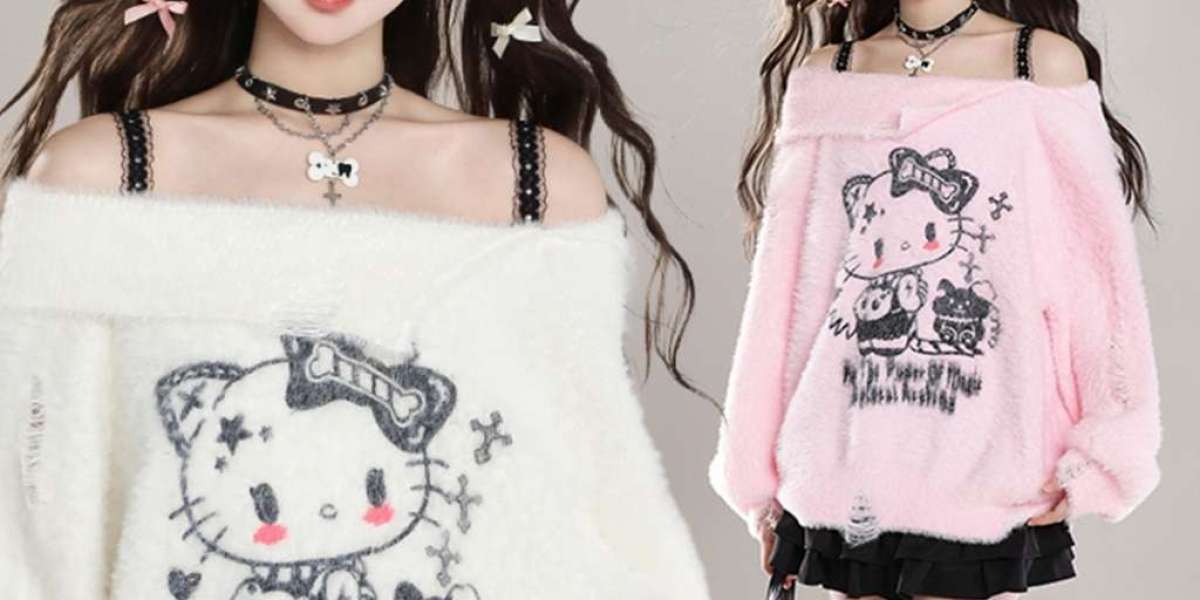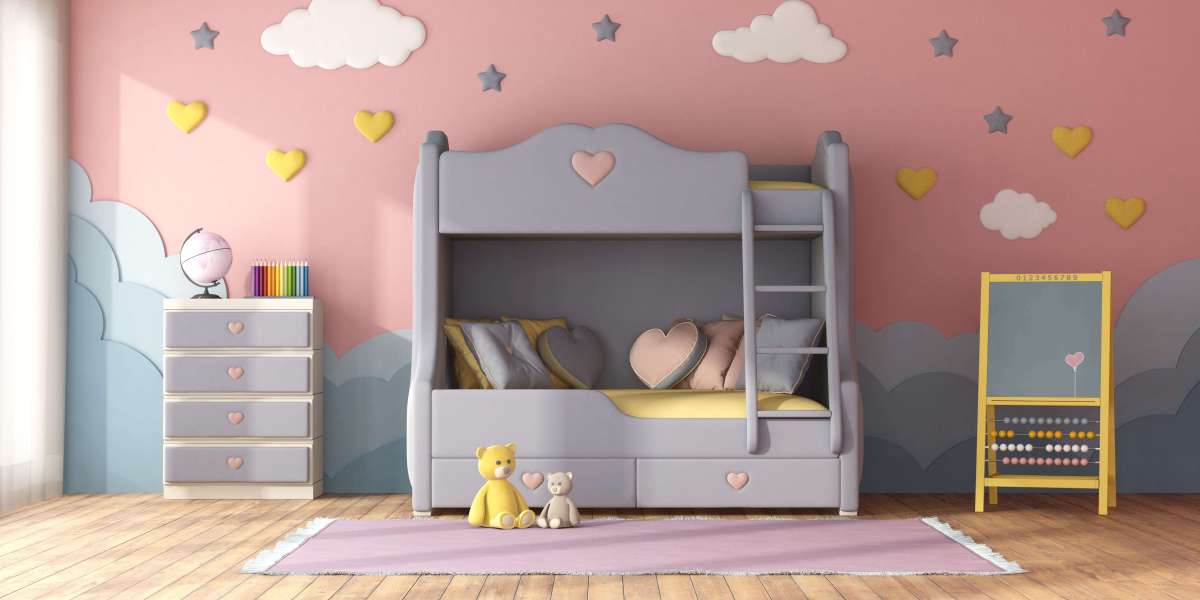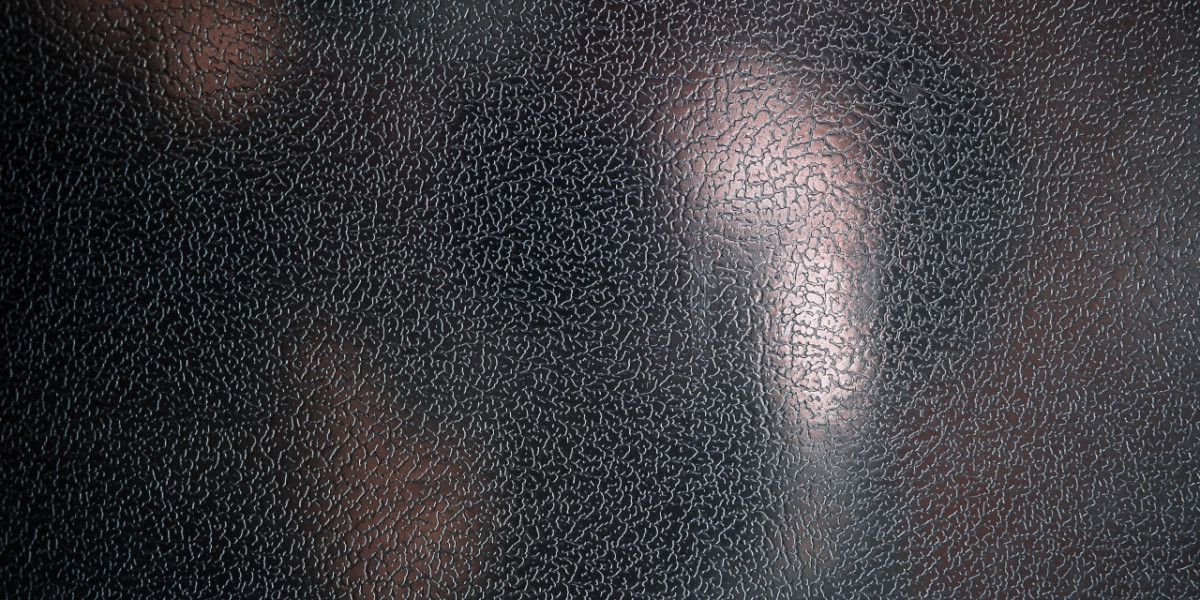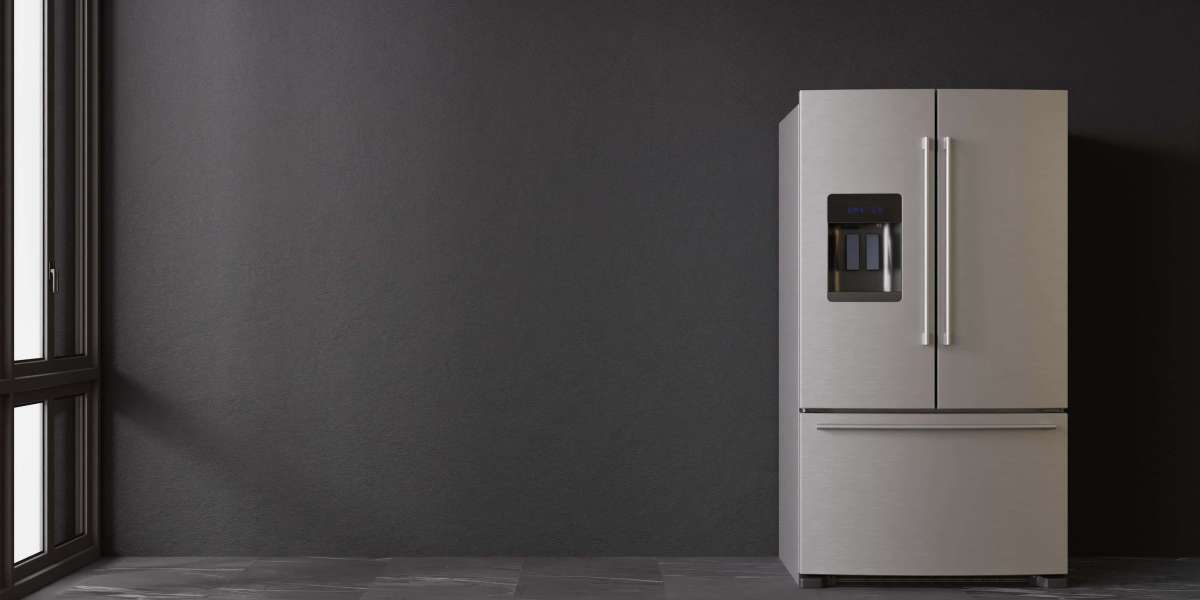
Intro
The principle of "kawaii" is deeply embedded in Japanese society and has become a popular fad in the fashion market worldwide. "Kawaii" is a Japanese term that equates to "adorable" or "adorable" and has penetrated various facets of Japanese culture, consisting of clothing, devices, and even habits. In this article, we will explore the globe of Japanese kitty kawaii outfit aqw outfits, exploring the beginnings, features, and appeal of this distinct style fad.
Beginnings of Kawaii Style
Kawaii fashion initially arised in Japan during the 1970s and was greatly influenced by the nation's lively popular culture, specifically manga (comic books) and anime (animated television programs). The adorable and wayward visual of these art kinds inspired a new style fad that concentrated on playful, colorful, and childlike components. This style came to be preferred among Japanese teenagers and young people, and ultimately spread out to various other parts of the world.
Characteristics of Kawaii Outfits
Kawaii attires are characterized by their focus on cuteness and innocence. Usual aspects of kawaii fashion consist of pastel colors, large bows, lace outlining, and wayward prints such as animals, stars, and hearts. Popular clothing items in kawaii fashion consist of shaken up skirts, frilly blouses, and dresses with layers of tulle and shoelace. Accessories such as large hair bows, socks with shoelace trim, and system footwear are also common in kawaii outfits.
One of the crucial attributes of kawaii style is the usage of "kawaii culture icons," or characters that embody the wayward and charming aesthetic of the trend. These personalities are usually included on clothing, devices, and various other products, and are precious by fans of kawaii style. Some popular kawaii society symbols include Hi Feline, My Melody, and Pikachu.
Appeal of Kawaii Style
Kawaii style has gained substantial popularity outside of Japan, especially in Western nations where it has been embraced by fans of Japanese popular culture. The increase of social media platforms such as Instagram and TikTok has helped to popularize kawaii fashion, with influencers and celebs showcasing their kawaii-inspired outfits to countless fans.
In recent times, kawaii fashion has actually also made its mark on the haute couture market, with prominent developers including aspects of kawaii right into their collections. Brands such as Moschino, Jeremy Scott, and Lazy Oaf have all featured kawaii-inspired layouts on the path, additional solidifying the pattern's location in the style globe.
The Impact of Kawaii Style
Kawaii fashion has had a significant influence on mainstream style patterns, with several designers and retailers integrating kawaii elements into their collections. The wayward and lively visual of kawaii style has reverberated with consumers of all ages, and has actually become a prominent option for those aiming to include a touch of cuteness to their wardrobe.
Furthermore, the rise of kawaii fashion has actually likewise stimulated a wider cultural movement understood as "kawaii culture," which encompasses different aspects of Japanese pop culture that personify the kawaii aesthetic. This includes songs, art, food, and even behavior, with numerous people adopting a kawaii way of life that shows the worths of positivity, innocence, and cuteness.
Final thought
Finally, Japanese kawaii outfits are a distinct and exciting fashion pattern that has recorded the hearts of millions around the globe. With its emphasis on cuteness, virtue, and whimsy, kawaii fashion offers a refreshing and playful technique to design that continues to influence customers, developers, and influencers alike. As the appeal of kawaii style proceeds to expand, it is clear that this pattern will certainly remain a famous force in the apparel industry for years ahead.








